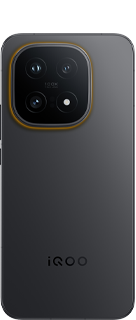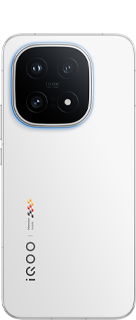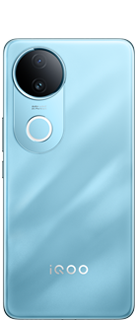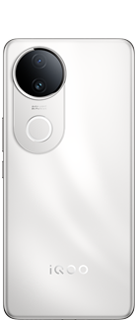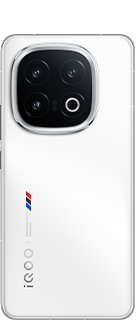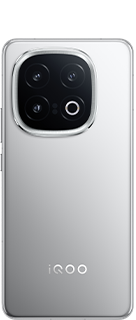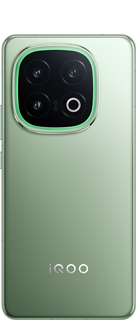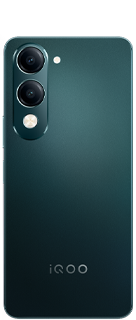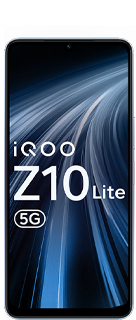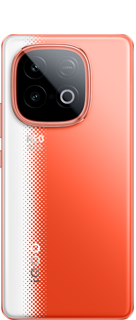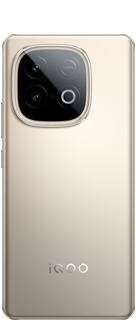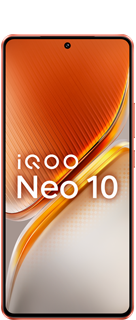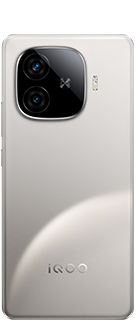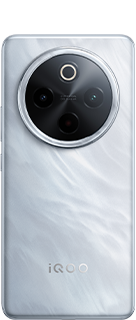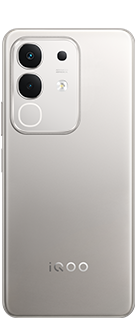How Wireless Charging Works and Its Benefits
Wireless charging has become a popular feature in smartphones, smartwatches, and even electric vehicles. It allows devices to charge without using traditional charging cables. But how does it work, and what are its benefits? Let's find out!
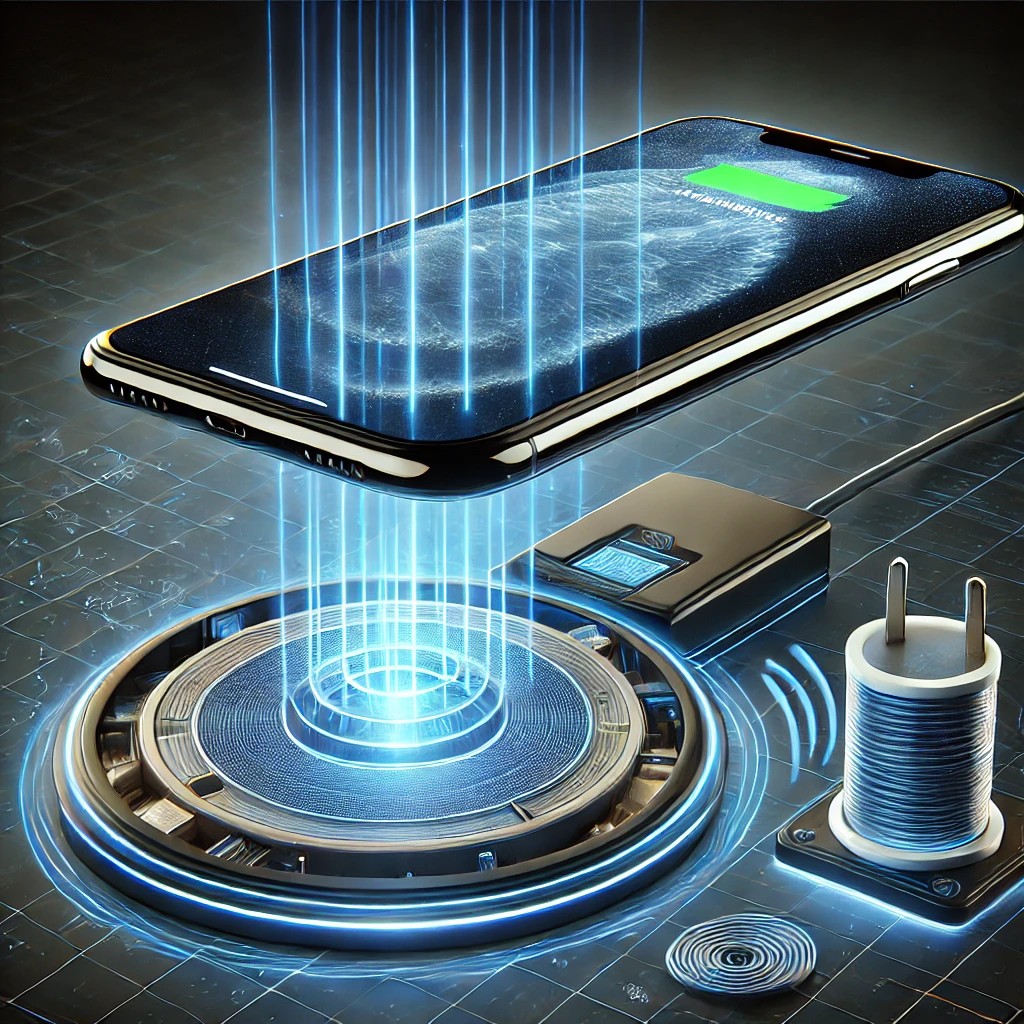
How Wireless Charging Works
Wireless charging is based on electromagnetic induction. It uses a charging pad and a compatible device to transfer energy wirelessly. Here’s how it works:
1. Charging Pad Generates a Magnetic Field – The charging pad is connected to a power source, which creates an electromagnetic field.
2. Device Receives Power – When a wireless charging-compatible device is placed on the pad, a coil inside the device picks up the energy.
3. Battery Charges – The energy is converted into electrical power, charging the device’s battery.
Benefits of Wireless Charging
1. Convenience
No need to deal with tangled cables—just place your device on the charging pad, and it starts charging.
2. Less Wear and Tear
Since there’s no need to plug and unplug cables, wireless charging reduces damage to charging ports.
3. Safer Charging
Wireless charging reduces the risk of electric shocks and short circuits caused by faulty cables.
4. Universal Compatibility
Many modern devices support Qi wireless charging, a common standard that works across different brands.
5. Clutter-Free Setup
It helps keep your desk or bedside table neat by eliminating multiple charging cables.
Limitations of Wireless Charging
Slower than Wired Charging – Wireless charging is usually slower than fast wired chargers.
Requires Proper Alignment – If the device is not placed correctly on the pad, charging may stop.
Less Energy Efficient – Some energy is lost during the wireless transfer, making it slightly less efficient than wired charging.
Conclusion
Wireless charging is a convenient and hassle-free way to power up devices. While it has some limitations, its ease of use and growing compatibility make it a valuable feature in modern gadgets.
Happy Questing

Please sign in
Login and share
